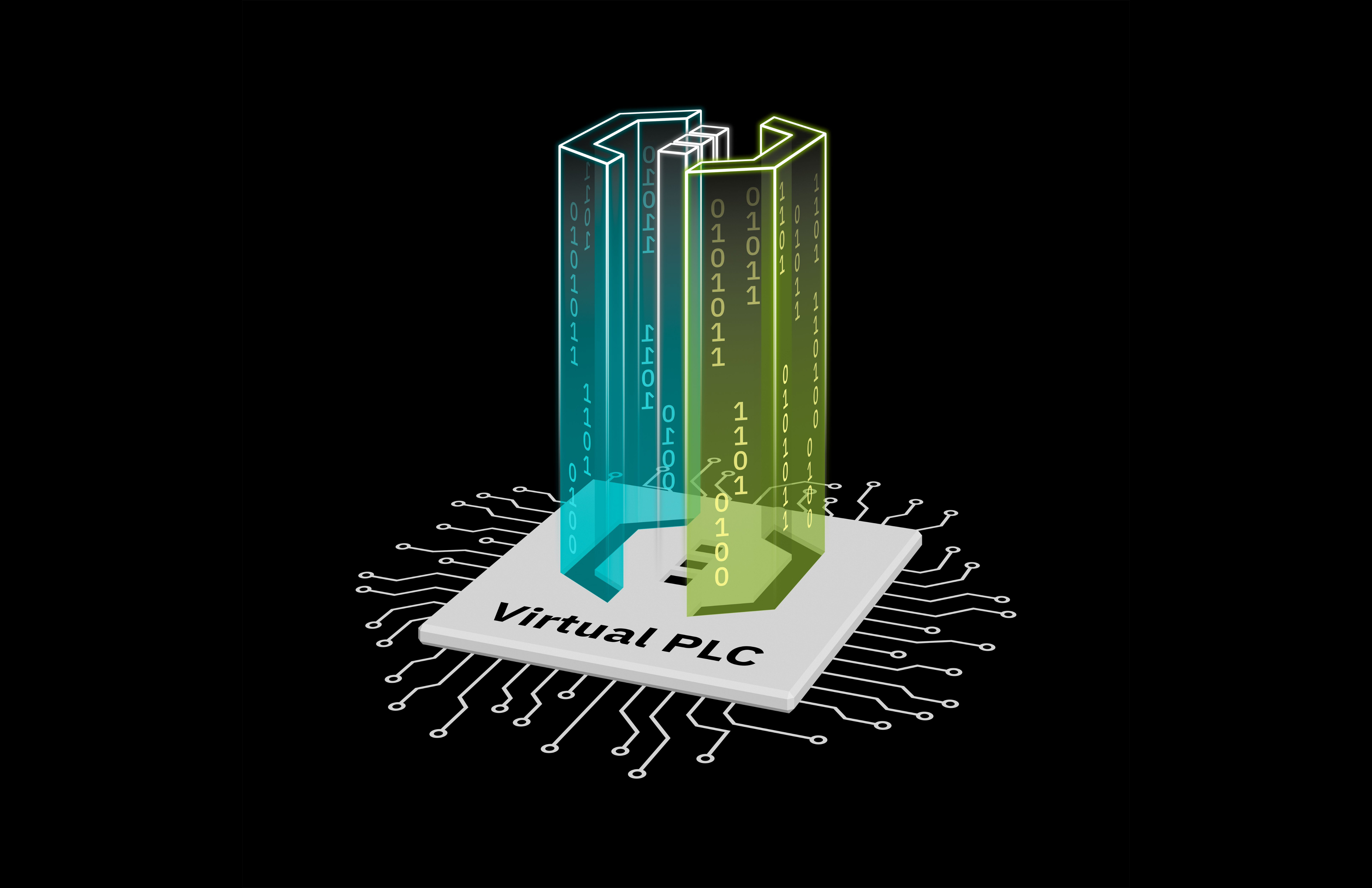This is my archive
Configuring PROFINET devices for redundancy Available from 2022.0 LTS with RFC 4072R Configure the System redundancy data hold time for each PROFINET device. The System redundancy data hold time is the maximum time that the PROFINET device holds the output data while a switch-over of the redundancy roles takes place. If neither… Read More
System redundancy error codes Available from 2022.0 LTS with RFC 4072R The most recent status or error message is indicated as a digit, visible in the PLCnext Engineer at the RDNCY_ERROR system variable. This is how to decode and handle the messages: Digit Status or error message Description Remedy 1 OwnRdncyTypeChanged… Read More
PLCnext Store resources The PLCnext Store provides software applications (“apps”) with which you can directly and easily expand the functions of a PLCnext controller. As a developer of software solutions, you can also create your own apps and distribute them in the PLCnext Store. About 300 highly elaborated pieces of code… Read More
Real-time DataLogger reference Available from firmware 2019.6 Sources and data types The DataLogger can record data from any IN or OUT ports and variables. The following data sources are available: Global Data Space IN and OUT ports Type real-time program (C++, IEC 61131-3 and MATLAB®/Simulink®) – task-synchronous mode… Read More
Security notifications registered by the PLCnext Runtime System Available from 2022.0 LTS The following tables show the security-related notifications that are predefined in the PLCnext Runtime System and will be issued by the PLCnext Runtime System. Note: For non-security-related notifications, see Notifications by PLCnext Runtime. Compatibility Due to breaking changes… Read More
Using notifications with C++ Use Case The PLCnext Runtime System contains several services that notify of their own status. These notifications can be received by other services and are available for diagnose purposes, e. g. using the PLCnext Engineer. For developers of C++ applications, this provides versatile opportunities:… Read More
Proficloud – Using Device Management Service Available from 2020.6 with AXC F 2152, from 2021.0 LTS with most PLCnext Control devices (details see below) In this topic, you read which information you can find for your devices to the Proficloud, how to interpret the health status and logs, and how to perform a remote firmware update via the Proficloud. Scope of the Proficloud Proficloud offers… Read More
Alarms in C++ programming Introduction Essential alarm status features Every alarm is oriented towards the OPC UA Alarms & Conditions specification and has these properties: Property Meaning or purpose Restrictions AlarmId The unique name of the alarm on the device. AlarmType… Read More
Introduction to Applicative System Redundancy (ASR) Available with AXC F 2152 and AXC F 3152 The Applicative System Redundancy (ASR) is carried out by providing two redundant PLCs (First and Second) in the same network together with the responding I/O stations. The communication between the PLCs and the I/O stations is based on the PROFINET… Read More
Function block for gathering SNMP values from managed switches Available with AXC F 2152 and AXC F 3152 General concept By means of this function block, SNMP values from managed switches with up to 8 ports can be read directly by the PLC via the SNMP protocol. arrPartnerList The IP addresses… Read More



